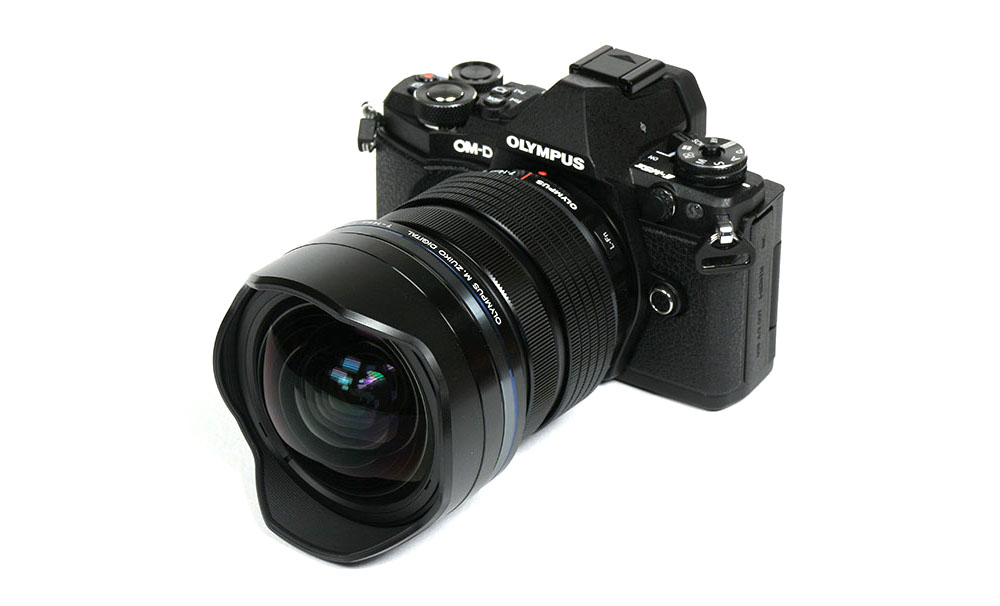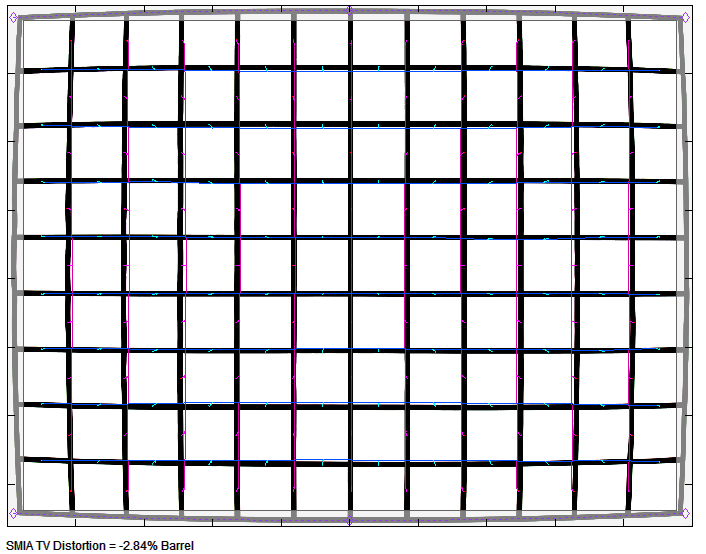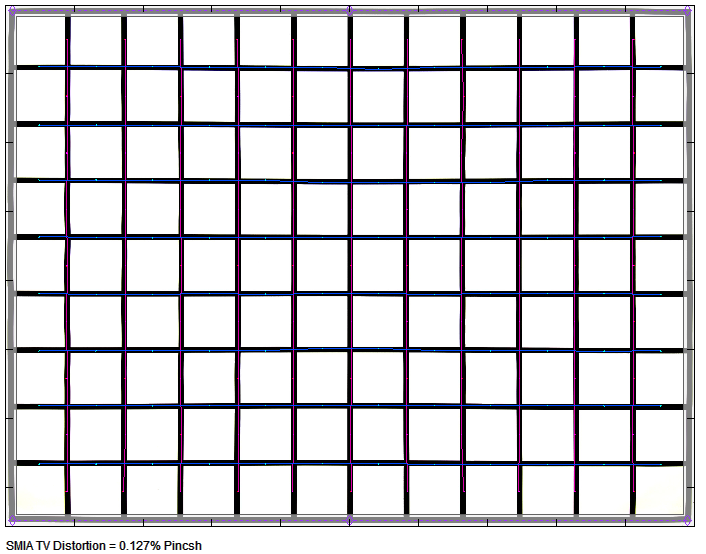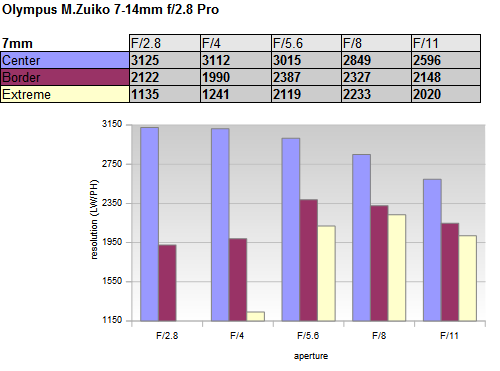
Traditionally a professional zoom lens system is supposed to consist of a gang of three core lenses – an ultra-wide-, standard- and medium-tele lens with a max aperture of f/2.8. Over at Canon and Nikon there have been generations of these lenses already. However, Olympus is the very first mirrorless camera manufacturer that completed such a set. In this review we are going to have a look at the latest edition – the Olympus M.Zuiko 7-14mm f/2.8 PRO. In full format terms we are talking about a “14-28mm” lens here. Typical applications include landscape and architecture photography with a special kick towards producing drama via extreme perspectives.
Unfortunately Olympus is also following the DSLR manufacturer in another aspect – pricing that is. The M.Zuiko will stress your bank account with a price tag of no less than 1200US$/EUR. That’s 300US$/EUR more than Panasonic is asking for the Panasonic Lumix G 7-14mm f/4 ASPH which is the direct competitor battling for your bucks. While we haven’t tested the Panasonic lens on 16mp yet, it performed impressively during the initial test. In fact it remained in my personal stock ever since so I was also curious about the Olympus lens.
The build quality of the M.Zuiko is certainly up there with the big boys as well. The lens body is made of metal, everything is tightly assembled, weather sealed and the control rings operate smoothly. Typical for such extreme lenses, you have to live without front filters simply because the massive front element is bulb-shaped. However, the vulnerable front element is not without protection because the there’s a built-in petal-shaped lens hood which is deep enough to shield it from most accidents at least. The inner lens tube moves a little when zooming through the focal length range but the physical length remains constant due to the deep lens hood. Similar to the M.Zuiko 12-40mm f/2.8 ED, Olympus implemented a focus clutch mechanism which allows you to switch between AF and manual focusing. The lens is also dust- and splash-proof.

Normally we’d now state that the lens has manual focusing mechanism that works “by wire” (driving the AF motor). Honestly it’s really hard to tell this time but in any case there’s no practical difference compared to a mechanical focus mechanism. The AF speed is fine although that’s rather irrelevant in this focal length class really. The lens features an MSC drive which allows noiseless AF operations both during movies as well as still photography.
| Specifications | |
|---|---|
| Equiv. focal length | “14-28mm” (full format equivalent) |
| Equiv. aperture | f/5.6 (full format equivalent in terms of depth-of-field) |
| Optical construction | 14 Elements in 11 Groups (2x Aspherical-ED, 1x DSA, 1x Aspherical, 3x Super-ED, 1x ED, 2x HR) |
| Number of aperture blades | 7 (circular) |
| min. focus distance | 0.2m (1:8) |
| Dimensions (L x W) | 78.9×105.8mm |
| Weight | 534g |
| Filter size | n/a |
| Hood | Petal-shaped, build-in |
| Other features | Dust- and splash-proof, ZERO coating, Focus clutch, L-Fn button |
Distortion
The Micro-Four-Third system uses an automatic distortion-correction thus from a user perspective, this is little to worry about. Images only show a very moderate barrel distortion a 7mm and there’s little to report beyond.



While most RAW converter as well as the camera (JPEGs) don’t give you a choice, a few still do (e.g Capture One) thus it is possible to verify the original characteristic of the lens. With disabled auto-correction, the Olympus lens shows a 7.2% barrel distortion at 7mm. This is nothing short of excessive really and clearly a sign that the lens was purposely under-designed to save costs and/or reduce the size/weight. The 10mm setting is much better but the barrel distortion is still very noticeable at 2.8% whereas the 14mm setting is pretty much perfectly corrected.



Vignetting
Auto-correction is also applied to the vignetting characteristic. The systems shows a very mild light falloff of around 0.5 EV (f-stops) at all setting except at 7mm f/2.8 where the issue is marginally more pronounced.

Surprisingly we didn’t find massively worse figures when looking at the RAW data. It suggests 0.5EV more at 7mm which is a suspicious actually – typically the difference is more pronounced.
MTF (resolution)
The Olympus M.Zuiko 7-14mm f/2.8 Pro is a bit of a complex being with respect to its resolution characteristic. On the focus “plane” the results are quite impressive … if we ignore that the plane is heavily curved at wide-end – more on this in the next chapter. The center quality is nothing short of outstanding. At large apertures it is a pretty sure bet that the lens is capable of outperforming the 16mp sensor used for testing. The corners/borders aren’t quite there but they are still good to very good. Due to the comparatively small sensor you can immediately spot diffraction effects that start beyond f/2.8. While this has little relevance till, f/8 you should avoid f/11. The overall characteristic remains intact at 10mm. The outer image region improves a bit at 14mm.
The tested sample had a good centering quality.
Please note that the MTF results are not directly comparable across the different systems!
Below is a simplified summary of the formal findings. The chart shows line widths per picture height (LW/PH) which can be taken as a measure for sharpness. If you want to know more about the MTF50 figures you may check out the corresponding Imatest Explanations

Field Curvature (7mm)
Testing the effects of field curvature is notoriously unreliable so take the following with a grain of salt. In the previous chapter we illustrated the MTFs when following the field curvature across the image field. In this chapter we analyse the flat field reproduction at 7mm. The field curvature is, of course, most obvious at fully open aperture – essentially we are documenting the related local out-of-focus effects here. The center quality remains identical, of course, but the corner quality falls completely apart at f/2.8 and f/4. The increased depth-of-field catches up at f/5.6 although the max MTFs on the actual focus field cannot be reached even at f/8.
Now what does this mean in the real life rather than in the lab ? For best performance (edge to edge sharpness in an “infinity” scene) you should stop down to f/8 and pull the focus slightly towards you (towards closer focus distance). This will pull the corners into focus.

Chromatic Aberrations (CAs)
In practical terms the lateral CAs (color shadows at harsh contrast transitions) are visually irrelevant.

Sample Images
The Olympus M.Zuiko 7-14mm f/2.8 PRO left a bit of a mixed impression. Actually prior of this test I took it on vacation but the results were a bit short of my expectation - primarily because of the field curvature issue at 7mm which I didn't know about at the time. When keeping the field curvature in mind and act accordingly, you can certainly achieve very good results. The center quality is breathtaking whereas the outer image region has be handled with care when shooting below 10mm at least (pull the focus a bit). Image distortions aren't relevant from a user perspective. That being said it is also obvious that the auto-correction comes at the price of a bit of softness - it is simply not lossless. Vignetting as well as lateral CAs are a lesser concern. Despite its immense front element it is also worth to emphasize that the M.Zuiko is surprisingly flare-resistant (relative to others in this class).
In terms of build quality, the Olympus is up there with the very best and it's a joy to use in the real life. The noiseless and fast AF are something we got used to in the Olympus universe but it's worth to mention nonetheless.
At the end of the day, there is, of course, the big question whether to prefer the Olympus M.Zuiko 7-14mm f/2.8 PRO over the Panasonic Lumix G 7-14mm f/4 ASPH. The Olympus lens is obviously faster so if low light shooting is your thing, this is obviously already the answer. However, in my case the Panasonic lens will remain in my stock because of its smaller size and better field curvature.
-
Optical Quality
-
Build Quality
-
Price / Performance

